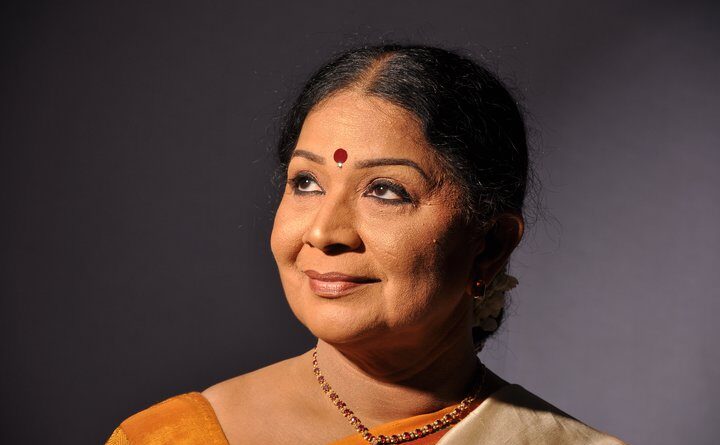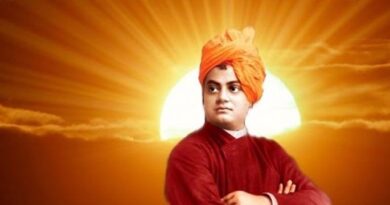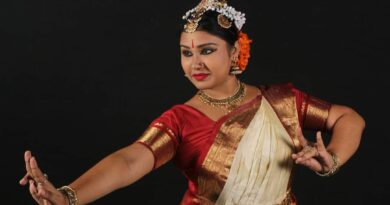Kalamandalam Kshemavathy: Passionately in Love with Dance
Text: Paul Nicodemus
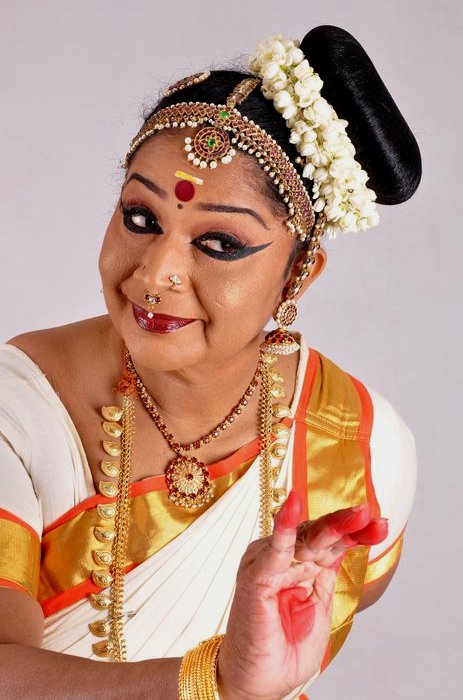
She is an epitome of Lasya (grace and beauty). Despite being strictly rooted in basics and traditions of Mohiniyattam and she is experimental enough to be a pioneer in adopting other genres. Kalamandalam Kshemavathy is a revered guru, exponent and choreographer, honoured by governments and cultural forums. With decades of experience in dance, she continues to preserve and promote Mohiniyattam through teaching, lecture demonstrations and performances.Kalamandalam Kshemavathy was born on June 10, 1948 in Thrissur, Kerala. She joined Kerala Kalamandalam when she was barely 11 years old and learned Bharatanatyam and Mohiniyattam. She completed her Diploma in Indian classical dance (Bharatanatyam and Mohiniyattam) from Kerala Kalamandalam. “From a young age, all I could think about was the dance,” she says. She would often imitate the steps from anything she would have watched on the big screen and kept dancing in front of the mirror. Her parents realised early on that she was definitely more into dancing than academics. So, they enrolled her in Kerala Kalamandalam. “It has to be my parents and my elder sister. Without their support and encouragement, I wouldn’t have been the performing artiste I am today,” she reveals.
Talking about Mohiniyattam she says initially Kerala Kalamandalam was a primary institution set up for revitalising Kathakali. Mohiniyattam existed in an unrefined phase and the late Mahakavi Vallathol Narayana Menon, the founder of Kerala Kalamandalam, sought dance teachers trained in the art form to train at the school. This was when female dancers wouldn’t come into the limelight as dancing wasn’t considered a decent profession for women. Even in Kathakali, the Sthree Vesha (female protagonist) was done by men. Traditionally, Mohiniyattam or the Dance of the Enchantress is one where only women dancers perform (some men do now dressed as women). “This dance form has given aspiring women artistes from around India a platform to come to the forefront when it wasn’t the norm,” she says.
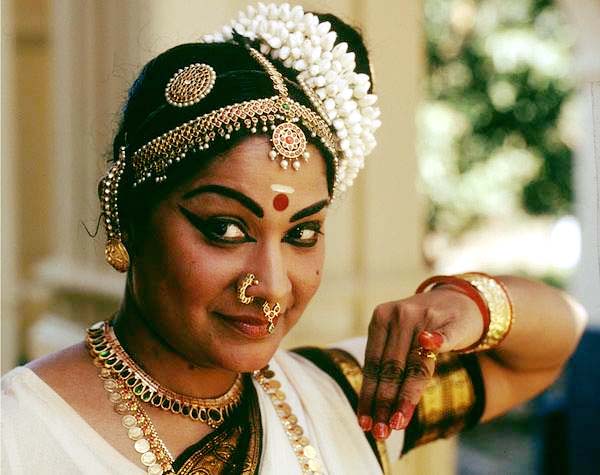
She draws her inspiration to dance and choreograph from nature, beautiful musical pieces, interesting episodes from mythology to social issues. “Art imitates life, so you can draw inspiration from everything around you,” she enlightens.The late Tanjore Balasaraswati was Kshemavathy’s role model and was initially drawn to Bharatanatyam. She has been fortunate to have trained under prominent gurus. “While I was at my alma mater, I had Thottashery Chinnammu Amma, Kalamandalam Sathyabhama and ARR Bhaskar Rao as my teachers. Then, I went to Chennai to pursue advanced training in Bharatanatyam from late Guru Muthuswamy Pillai and Chitra Vishweshwaran. I also learned Kuchipudi under the eminent guru and Padma Bhushan recipient Dr Vempati Chinna Satyam,” she shares.
Her performances are tantamount to her uncompromising predilections for aesthetics of ‘nritta’, ‘nritya’ and ‘abhinaya’. She is often, by a dedicated audience, considered an epitome of ‘lasya’ as a performer.
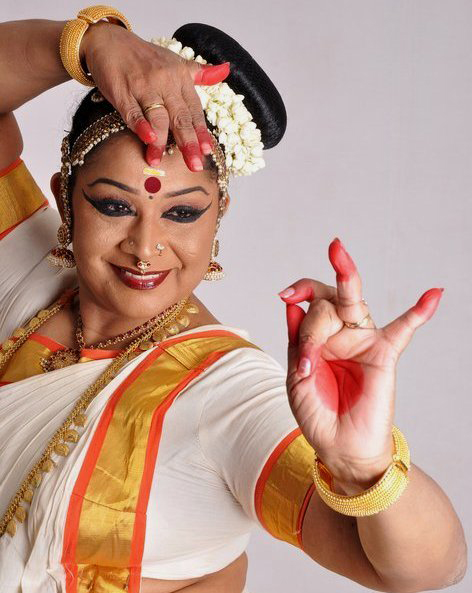
Her contribution in terms of choreography crosses hundred including various padams, varnams, group choreographies etc. Kshemavathy is strictly rooted in basics and traditions of Mohiniyattam and yet experimental enough to be a pioneer in adopting a Hindustani ghazal for her performance. Some of her momentous choreographies include Krishna Nee Begane, Kuchelavritham, Omanathinkal (Swathi Thirunal Krithi), Saptanayika, Jab Raat ki Tanhayi (ghazal), Padaprathista (poem), Krishna Nee (poem), Oru Divasam (group), Varsha Rithu (group), Dasavatharam (group).Apart from being a fabulous performer, she has also been an inspiring teacher. “It will be too difficult, to sum up, 55 years of being a teacher. I have been blessed to have trained many students from around the world in the last five decades, and continue to do so even now,” she says.
She is passionate about dance and her children always tell her that everything else comes after dance for her. However, she does enjoy Carnatic music, travelling and watching dance recitals of both upcoming dancers and established ones.
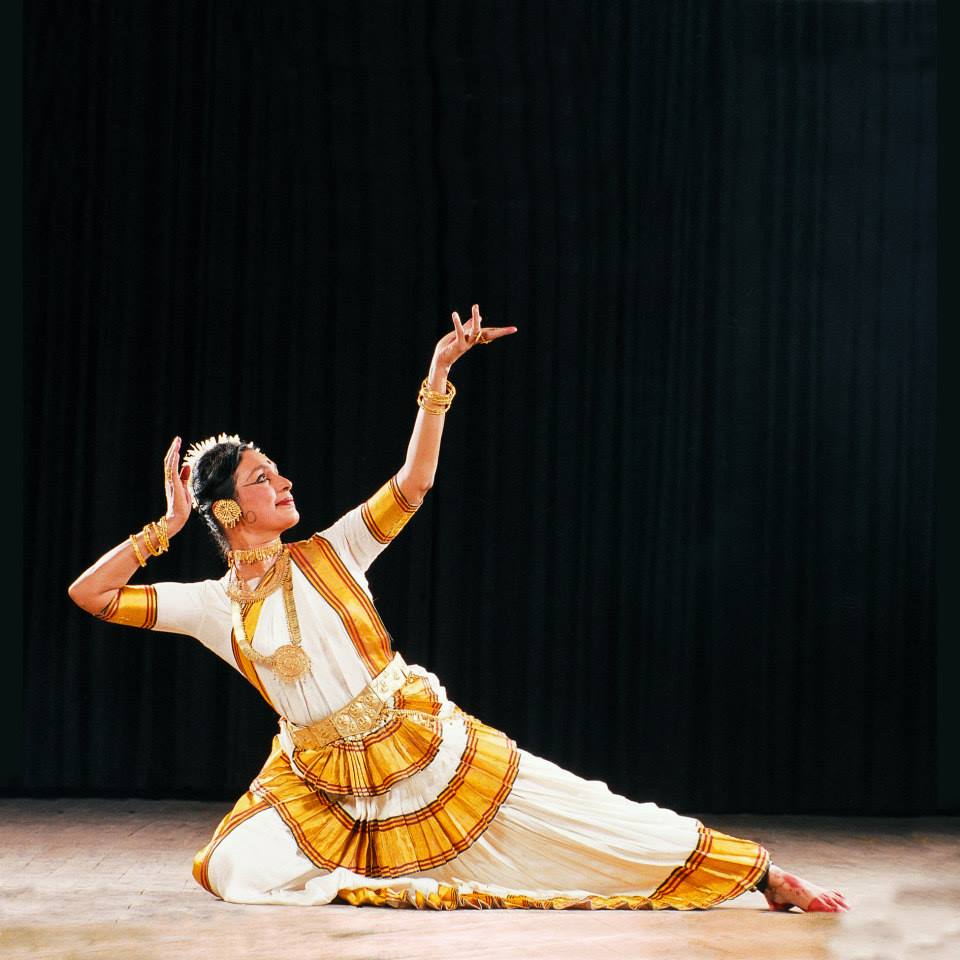
Being healthy and fit has to be a priority for performing artistes and Kshemavathy adheres by a meticulous routine. She starts her day at 6:30 am and does yoga and basic stretches. Then, she practices dance for an hour. After her morning prayers, she has her breakfast, which is oatmeal, and trains students till lunch. Lunch is usually a Malayali fare. She also takes classes in the evening and unwinds the day by watching some TV, reading or choreographing. Dinner is a light meal with fewer carbs. Dancing has always been and will always be her biggest passion. “I would like to continue performing, teaching and choreographing till the end of my time. Wishful thinking,” she reiterates.She chose to be a dancer at a time when female dancers were looked down upon. Fortunately, she was born to parents who loved and appreciated many art forms. She had to establish herself when technology, social media and concepts like networking were virtually non-existent and says it had to be the most challenging phase of her life.
The best moment of her life happened when the Government of India honoured her with the Padma Shri Award for Mohiniyattam in 2011. “I was least expecting it. I was so happy that Kerala and its Mohiniyattam won the recognition,” she says.She believes if Mohiniyattam, like any art form, did not adapt and evolve with the changing times, it would not be where it is now.
“I am all for experimenting, but by respecting its traditional roots. I have performed a Ghazal number in my repertoire, which is a different school and language of music. The choreography, however, was true to Mohiniyattam in every form,” she explains.
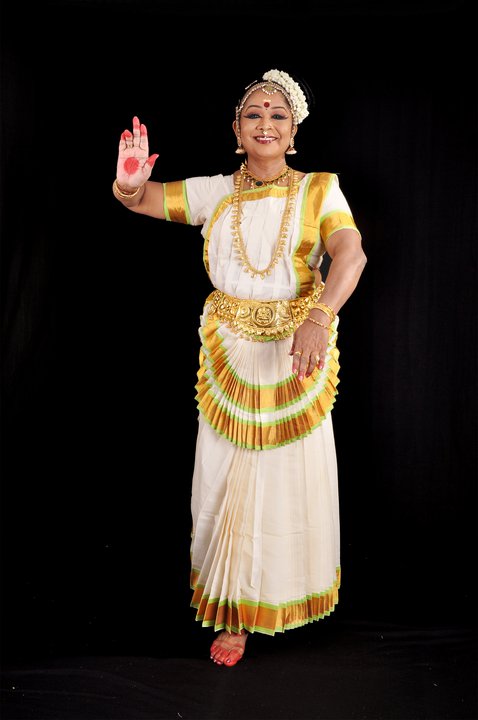
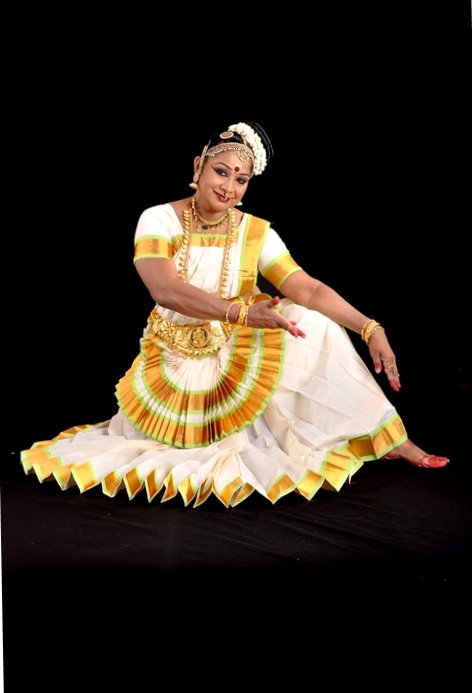
Kshemavathy reiterates the significance of art in creating awareness in society and says, “Art makes you think, react and get involved. Dance is no different. So, it is not merely a medium for entertainment.”Responding to the Government’s role in protecting and promoting Indian art and culture she says, “There are so many grants and scholarships for artistes from the Human Resources, Ministry of Cultural Affairs, and the regional and national Sangeet Natak Akademi. The problem is, people are not aware of these. The government needs to reach out to artistes or have a yearly announcement of these so, more and more art professionals and art institutions and schools can benefit from them.”
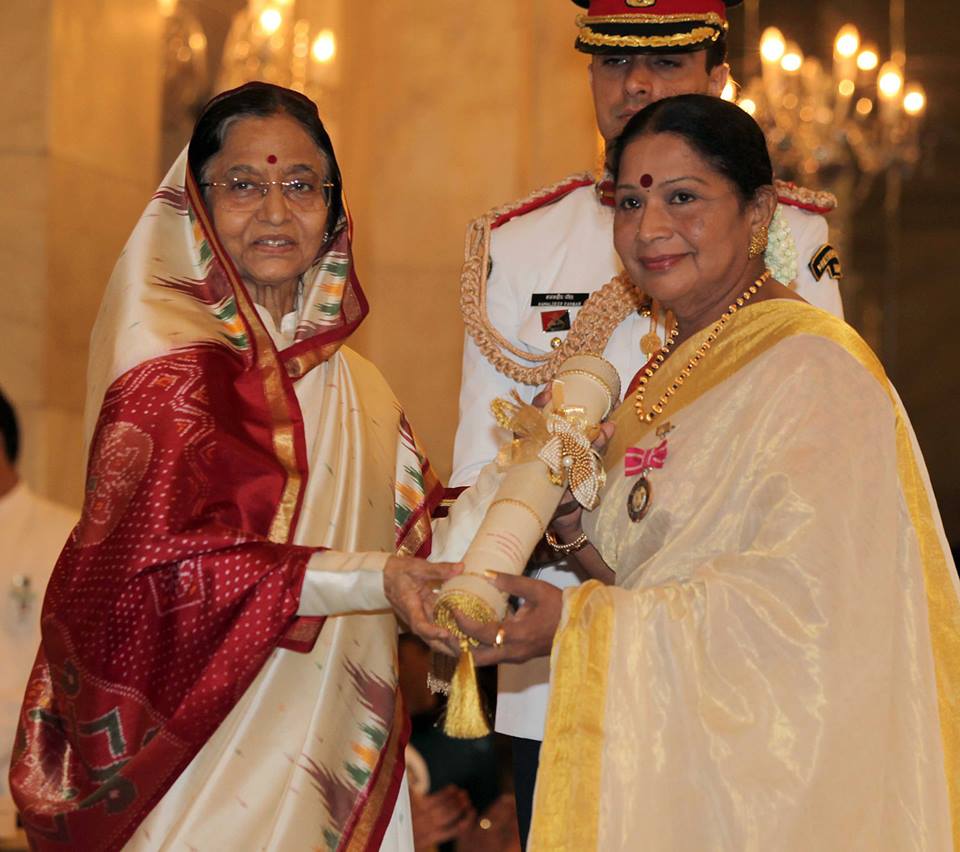
Over the years she has received many awards and accolades for her contribution and some of them include Padma Shri from the Government of India for Mohiniyattam; Vanitha Ratnam award from the Government of Kerala; Kalaratna Puraskaram (fellowship) from Kerala Sangeet Natak Akademi; Natya Kalamani award from Sri Krishna Gana Sabha; Guru Gopinath Award from the Government of Kerala; Nritya Natya Puraskar from the Government of Kerala; National Academy award for Mohiniyattam; Kerala Kalamandalam award for Mohiniyattam; Kerala Sangeet Natak Akademi award for Bharatanatyam and twice recipient of a Senior Fellowship from the Ministry of Human Resources, Delhi.
Her message to the next generation of artistes, “Discipline and dedication are key. So is hard work. Make sure you attend as many workshops and recitals as possible. Also, research and ask questions. Focus on your work and your path. Appreciate and compliment when needed. Always be ready to learn.”

